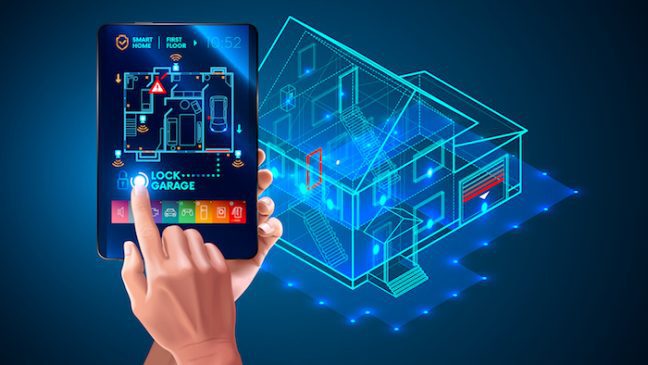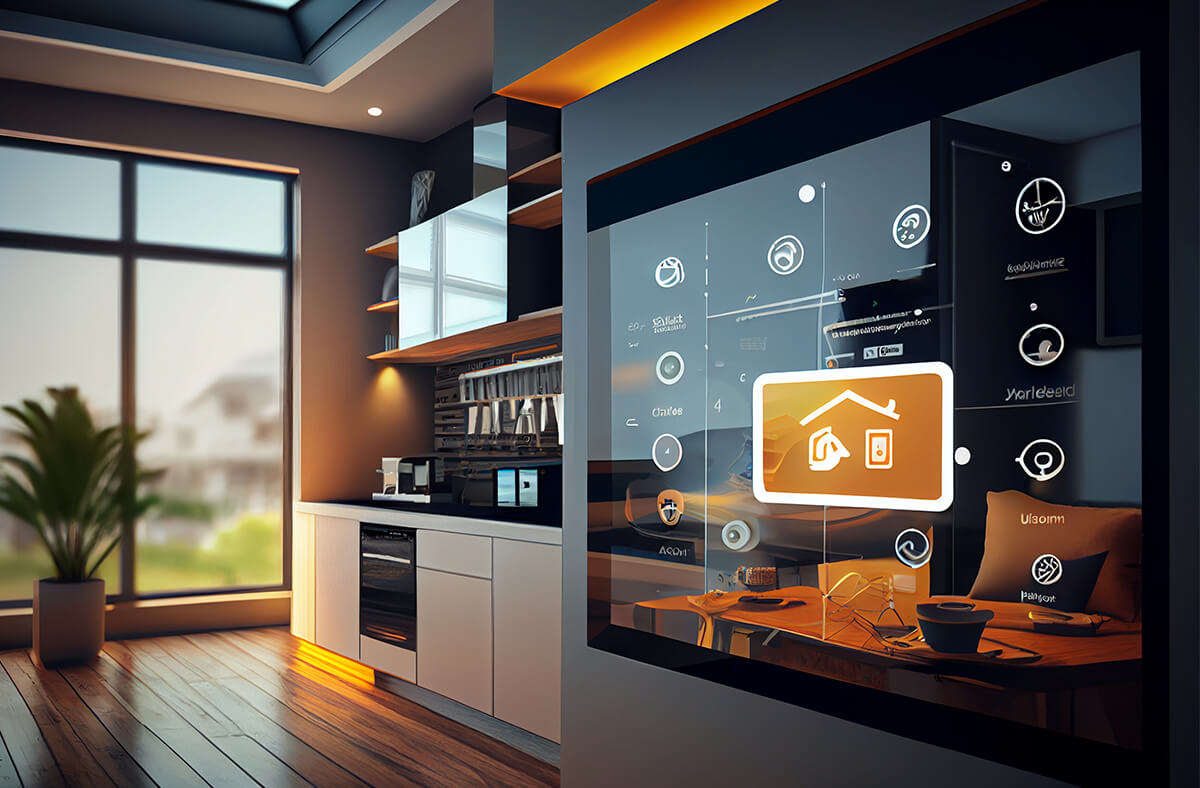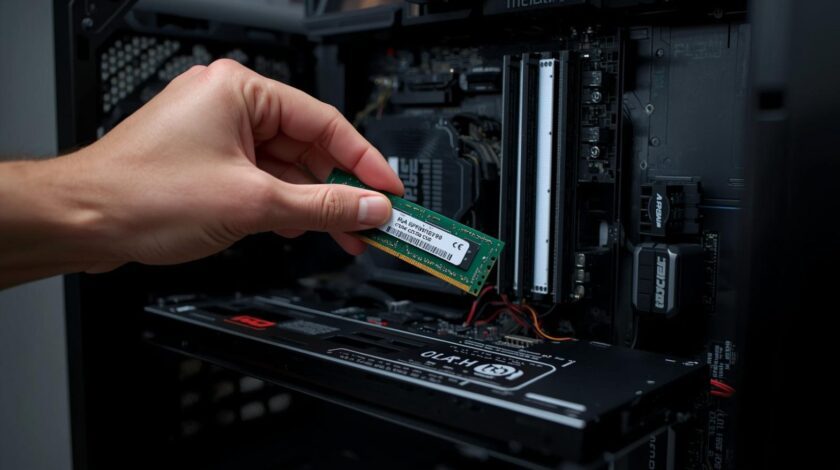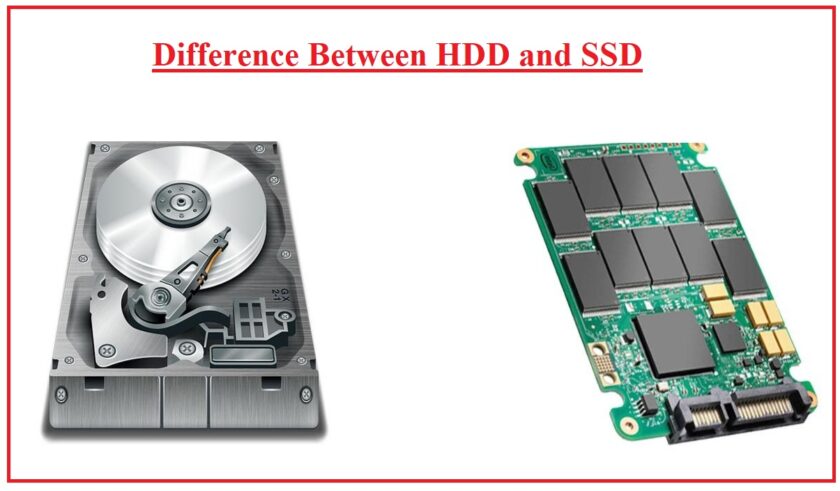Smart home technology refers to the integration of connected devices that automate, monitor, and manage household functions, providing enhanced convenience, security, energy efficiency, and comfort. These devices are typically controlled via smartphones, voice assistants, or smart hubs, allowing users to interact with various systems like lighting, heating, security, and entertainment remotely or through automation.
Here are key aspects and examples of smart home technology:
1. Smart Home Hubs
- Central Control Systems:
- A smart home hub is a device or application that serves as the central point for controlling various smart devices.
- Examples:
- Amazon Echo (Alexa): Voice-controlled hub that integrates with a wide range of smart devices.
- Google Nest Hub: Offers a display for controlling devices, watching videos, and managing schedules.
- Samsung SmartThings Hub: Connects and controls devices from multiple brands, offering extensive automation options.
- Benefits:
- Consolidates control of smart devices into a single app or device.
- Enhances automation by enabling devices to work together (e.g., when a motion sensor detects movement, lights can turn on).
2. Smart Lighting
- Connected Light Bulbs:
- Smart lighting allows users to control brightness, color, and schedules remotely via an app or voice commands.
- Examples:
- Philips Hue: Offers customizable lighting with different colors and brightness levels.
- LIFX: Wi-Fi-enabled bulbs that don’t require a hub and support voice control via Alexa, Google Assistant, and Apple HomeKit.
- Features:
- Automated lighting schedules, motion sensor activation, and mood settings.
- Can be linked to home security systems to simulate occupancy when the homeowner is away.
- Benefits:
- Energy savings through automatic dimming and on/off controls.
- Enhanced ambiance by adjusting light colors to suit activities (e.g., reading, relaxing, working).
3. Smart Thermostats
- Energy-Efficient Climate Control:
- Smart thermostats learn user preferences and automatically adjust heating or cooling systems for comfort and efficiency.
- Examples:
- Google Nest Thermostat: Learns your temperature preferences and adjusts itself to optimize energy use.
- Ecobee: Offers room sensors to detect temperature across different parts of the home, ensuring balanced climate control.
- Features:
- Remote temperature control via smartphone apps.
- Integration with voice assistants (e.g., Alexa, Google Assistant) for hands-free adjustments.
- Geofencing capabilities to detect when homeowners are away and reduce energy consumption.
- Benefits:
- Reduces energy bills by optimizing heating and cooling.
- Personalized comfort through smart scheduling and occupancy detection.
4. Smart Security Systems

- Smart Cameras:
- IoT-enabled cameras allow for remote monitoring of your home via smartphone apps. Many include motion detection, two-way audio, and cloud storage for footage.
- Examples:
- Ring Video Doorbell: Notifies homeowners when someone is at the door and provides live video feed with two-way communication.
- Arlo Pro: Wireless outdoor security camera with night vision, motion alerts, and cloud storage options.
- Smart Locks:
- These locks allow homeowners to lock and unlock doors remotely, receive alerts when someone enters, and even grant temporary access codes.
- Examples:
- August Smart Lock: Allows users to lock/unlock the door via their smartphone, even remotely.
- Yale Assure Lock: Keyless lock with touchscreen keypad and voice assistant integration.
- Smart Doorbells:
- Smart doorbells with integrated video cameras offer live footage of who is at the door, with features such as motion detection and night vision.
- Examples:
- Ring and Nest Hello.
- Benefits:
- Improved home security with real-time alerts and remote monitoring.
- Peace of mind, as you can monitor and control access to your home from anywhere.
5. Smart Appliances
- Connected Kitchen Devices:
- Smart appliances like refrigerators, ovens, and coffee makers can be controlled remotely and integrate with home assistants.
- Examples:
- Samsung Family Hub Fridge: Features a touchscreen for grocery management, entertainment, and communication with other smart devices.
- June Smart Oven: Uses AI to recognize food and cook it automatically based on predefined recipes.
- Smart Washing Machines and Dryers:
- IoT-enabled laundry appliances allow users to start, stop, and monitor washing cycles from their phones.
- Examples:
- LG ThinQ Washing Machines: Can be controlled via app for cycle management and energy usage tracking.
- Benefits:
- Convenience of remote control and real-time monitoring.
- Energy savings with features like delayed start times for off-peak energy hours.
6. Smart Entertainment Systems
- Smart TVs:
- Smart TVs connect to the internet and offer built-in streaming services like Netflix, Hulu, and YouTube, often controlled via voice assistants.
- Examples:
- Samsung Smart TV: Includes voice controls with Bixby and integration with smart home devices.
- LG OLED Smart TV: Compatible with Google Assistant and Alexa for hands-free control.
- Multi-Room Audio Systems:
- Smart speakers can be synchronized across different rooms to play music or podcasts throughout the home.
- Examples:
- Sonos: Wireless speaker system that integrates with other smart devices for seamless audio control.
- Benefits:
- Enhanced entertainment experience with voice control and app integration.
- Multi-room control for a unified media experience across the house.
7. Smart Plugs and Outlets
- Remote Control of Non-Smart Devices:
- Smart plugs turn traditional devices (e.g., lamps, fans) into smart devices by allowing them to be controlled remotely through an app or voice command.
- Examples:
- TP-Link Kasa Smart Plug: Allows users to control devices from anywhere, with scheduling options.
- Belkin WeMo: Includes energy monitoring to track power usage.
- Features:
- Schedules and timers to automate device operation.
- Integration with smart home ecosystems to trigger devices based on activities or scenes.
- Benefits:
- Energy savings by automating power consumption.
- Extends the life of older devices by adding smart capabilities.
8. Smart Smoke and Carbon Monoxide Detectors
- Connected Safety Devices:
- These smart detectors send alerts to your phone if smoke or carbon monoxide is detected, even when you’re not home.
- Examples:
- Nest Protect: Sends real-time alerts and offers a self-testing feature.
- First Alert Onelink: A smoke and carbon monoxide alarm with smartphone integration.
- Benefits:
- Enhanced safety with immediate alerts, even when you’re away.
- Avoids false alarms by sending warnings before full alarm activation.
9. Smart Irrigation Systems
- Automated Garden Watering:
- Smart irrigation systems monitor weather conditions and soil moisture levels to optimize watering schedules, reducing water waste.
- Examples:
- Rachio Smart Sprinkler Controller: Automatically adjusts watering based on weather forecasts and seasonal changes.
- RainMachine: Uses local weather data to control sprinklers for efficient water usage.
- Benefits:
- Water conservation by optimizing irrigation based on weather and soil data.
- Convenience and time-saving automation for garden maintenance.
10. Voice Assistants
- AI-Powered Virtual Assistants:
- Smart home systems are often controlled via voice assistants like Amazon Alexa, Google Assistant, or Apple Siri.
- These assistants allow users to control lighting, thermostats, security, and other devices with simple voice commands.
- Benefits:
- Hands-free control of smart home systems.
- Seamless integration with a wide variety of IoT devices, creating a unified smart home experience.
Conclusion
Smart home technology transforms traditional households into more connected, automated, and efficient spaces. Whether it’s controlling lighting, securing your home, or managing energy usage, smart devices offer greater convenience and control, with the added benefits of energy savings and enhanced security. As technology continues to evolve, the smart home ecosystem will become even more sophisticated and accessible, catering to personalized needs and preferences.






